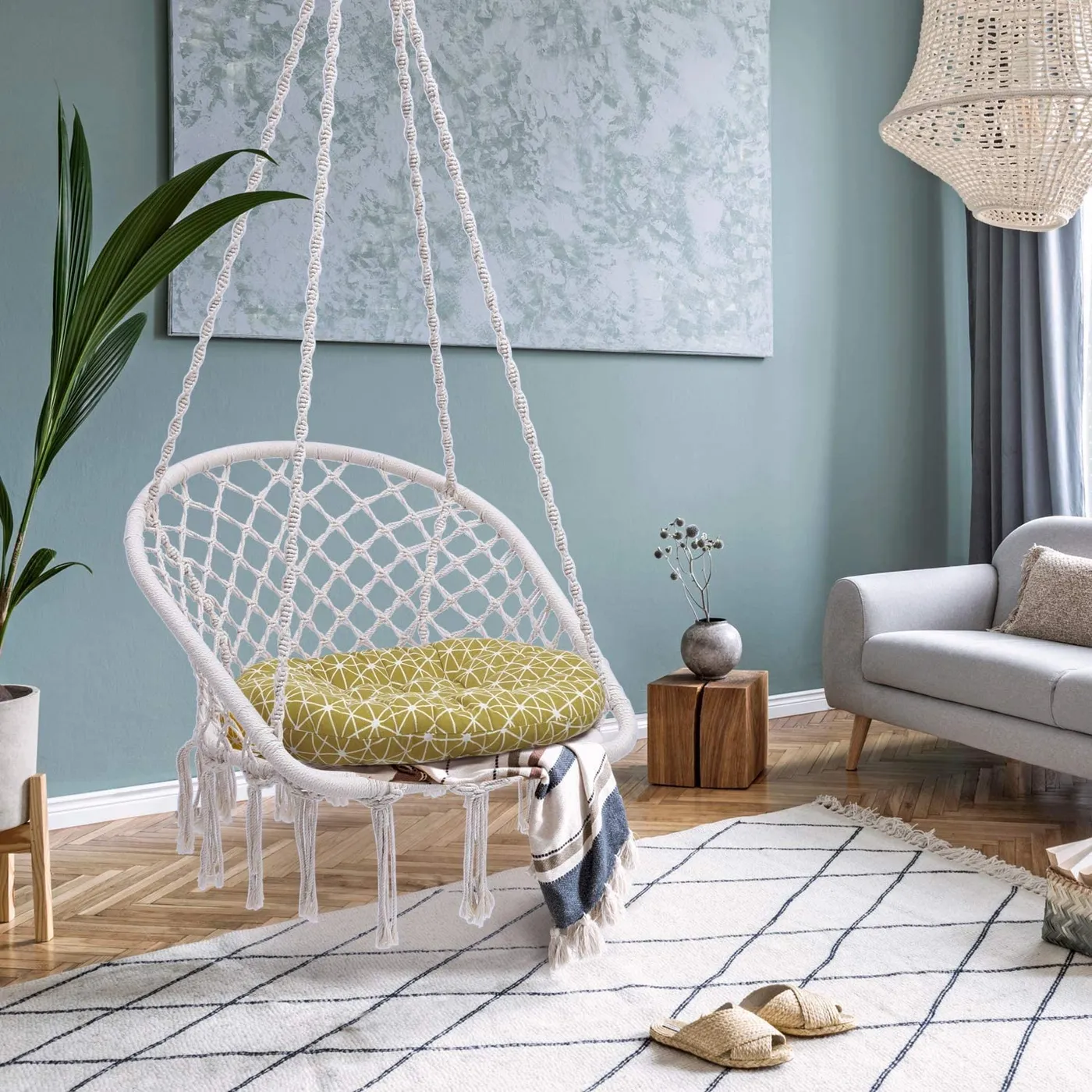When it comes to home improvement, one often overlooked detail is the height of the light switch. While this may seem like a minor aspect, the correct light switch height can significantly impact both the aesthetics and functionality of your home. In this article, we will delve into the standard light switch heights, the reasons behind those standards, and various factors to consider when installing switches.
Standard Light Switch Height
In the United States, the National Electrical Code (NEC) does not mandate a specific height for light switches. However, builders and electricians often follow the standard height, which is typically 48 to 52 inches from the floor to the center of the switch. This height is considered ideal for most users, providing easy access for adults without requiring excessive bending or reaching.
Why is 48-52 Inches Standard?
This height range is designed with ergonomics in mind. The average adult can comfortably reach the switch, and it also takes into account universal design principles, ensuring accessibility for individuals with disabilities or those in wheelchairs. The 48-inch height falls well within the guidelines of the Americans with Disabilities Act (ADA), which suggests that switches should be installed at a height accessible for all individuals.
Factors Influencing Light Switch Height
While the standard height works for most homes, several factors can influence the optimal placement of your light switches:
Room Type
Different rooms may require slightly varied switch heights based on usage. For instance:

- Kitchens: With counters and backsplashes in the way, you may need to adjust the switch height to ensure easy reach.
- Bathrooms: Switches in bathrooms are often placed outside the room or near the door to avoid moisture exposure.
- Garages: Due to the presence of machinery or tools, the light switch may be installed at a higher or lower height depending on preference.
User Accessibility
In homes with children, elderly, or disabled individuals, it might be necessary to adjust the switch height. Lowering the switch to around 42 inches or even 36 inches can make it more accessible for all occupants.
Building Codes and ADA Compliance
While the NEC provides flexibility in light switch height, builders working on public buildings or accessible homes must consider ADA compliance. According to the ADA, switches must be installed at a height between 15 and 48 inches above the finished floor. This ensures that the switches are within reach for individuals in wheelchairs or those with limited mobility.
Aesthetics and Design Considerations
Beyond functionality, light switch placement can affect the visual appeal of a room. Designers often take into account the symmetry and alignment of switches with other elements such as wall art, furniture, and trim. Consistency is key to maintaining a clean, cohesive look.
In some modern homes, designers might opt for switches at a height of 42 to 44 inches to create a sleeker and more contemporary appearance. This can align better with lower furniture and wall fixtures, making the overall space look more balanced.

Custom Design Trends
Some homeowners are moving away from traditional switch heights to suit their design preferences. For instance, placing switches closer to countertops or hiding them behind doors can give a room a minimalistic appearance. However, it’s essential to ensure that these changes still comply with local building codes and accessibility standards.
The Impact of Technology on Light Switch Height
With the rise of smart homes and automated lighting systems, the importance of switch height is gradually decreasing. Devices such as smart bulbs, voice-activated assistants, and motion sensors eliminate the need for manual light switches, allowing for more flexibility in their placement.
However, traditional switches still play an essential role in maintaining control over the lighting system, especially during power outages or when smart systems fail. For this reason, even in tech-savvy homes, the placement of physical switches remains crucial.
Wireless Controls and Remote Access
Many modern homes now rely on wireless controls for lighting, which can be accessed through smartphones or dedicated remotes. In these cases, the traditional light switch is often relegated to a secondary role. Nonetheless, builders are still installing switches at the standard height for emergency use or for those who prefer the tactile feel of a physical switch.

Safety Considerations
Safety should always be a priority when deciding on light switch placement. Placing switches too high or too low can lead to strains or injuries, particularly for children or elderly individuals. Switches near water sources, like kitchens and bathrooms, should be installed safely to prevent electrical hazards.
GFCI Protection
In areas with high moisture levels, such as bathrooms, laundry rooms, and outdoor locations, switches should be equipped with Ground Fault Circuit Interrupters (GFCIs). These devices prevent electrical shocks by cutting off the power supply if an issue is detected. It’s essential to consider the placement of GFCI switches to ensure both safety and accessibility.
Conclusion
While the standard light switch height of 48 to 52 inches suits most homes, there are several factors to consider when making your decision. These include the type of room, user needs, building codes, and aesthetic preferences. Whether you’re adhering to ADA guidelines for accessibility or simply looking to enhance the design of your space, proper light switch placement is essential.
It’s also worth considering how smart home technology might affect your choice. As more homes incorporate automation, the need for strategically placed light switches might become less significant. Nevertheless, for traditional homes, maintaining a thoughtful approach to switching height can improve both functionality and comfort.





Leave a Reply